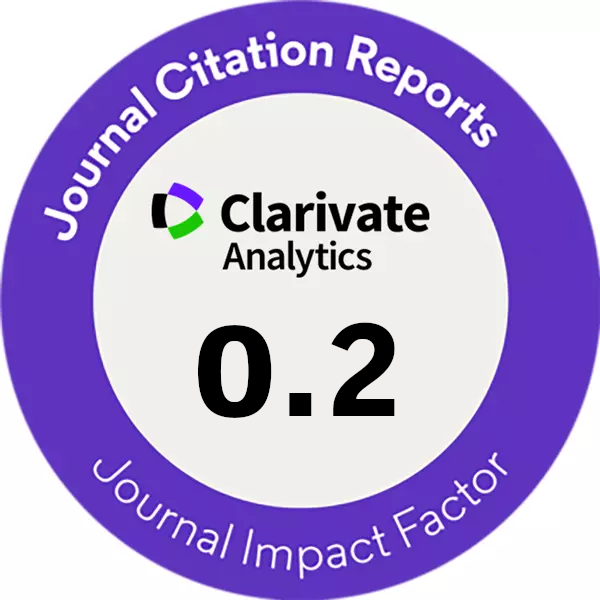SEARCHING UNGROUND FAN INDUCED RECIRCULATION IN A COMPLICATED MINE VENTILATION NETWORK
DOI:
https://doi.org/10.14311/CEJ.2018.01.0009Keywords:
Recirculation of airflow, Searching strategy, Mine ventilationAbstract
Due to the difficulty of finding recirculation of airflows in a complicated ventilation system, a searching strategy is proposed based on depth-first search method for searching recirculation in complicated ventilation networks. The depth first method is introduced briefly while the searching strategy for tracing recirculation in a network is introduced in detail. The proposed method is then used in a copper mine for searching the recirculation of airflows. The mine ventilation system is solved by VENTSIM software first for getting all the airflows information, i.e. the nodes and directions. Then the data of ventilation system is stored in the matrix for tracing the recirculation in the network. A few of recirculation of airflows are found and are compared with the VENTSIM solving results. It is found that the searched results agree with the VENTSIM solving results of the ventilation system. It is concluded that the proposed method has the capabilities of tracing airflow for finding recirculation.
Downloads
References
Wempen, J.M., "Characterization of air recirculation in multiple fan ventilation systems", M.Sc in Engineering Disseration. The University of Utah, 2012.
Allan, J., "A Review of Controlled Recirculation Ventilation Systems in UK. Collieries". CIM Bulletin, 76(849), p. 83-87.,1983.
Allwine, K.J. and C.D. Whiteman, "Single-station integral measures of atmospheric stagnation, recirculation and ventilation". Atmospheric Environment, 28(4). p. 713-721, 1994.
Aminossadati, S.M. and K. "Hooman. Numerical simulation of ventilation air flow in underground mine workings." 12th US/North American Mine Ventilation Symposium, 2008. The University of Nevada, Reno.
Calizaya, F., M. McPherson, G. Danko, and P. "Mousset-Jones. Transients in gas concentration within a system of controlled recirculation in mines." Proceedings of the 4th US Mine Ventilation Symposiumv , 1991, in Publ by SME.
Bonet, B. and H. Geffner. "Learning depth-first search: A unified approach to heuristic search in deterministic and non-deterministic settings, and its application to MDPs." in ICAPS. 2006.
Korf, R.E., "Depth-first iterative-deepening: An optimal admissible tree search"", Artificial intelligence, 27(1), p.97-109, 1985.
Rao, V.N. and V. Kumar," Parallel depth first search. Part I. implementation". International Journal of Parallel Programming, 16(6), p. 479-499,1987.
Tarjan, R., "Depth-first search and linear graph algorithms"", SIAM journal on computing, 1(2): p. 146-160.
Tarjan, R.E., Edge-disjoint spanning trees and depth-first search. Acta Informatica, 1976. 6(2):p. 171-185, 1972.
Huaming, A. and L. Bin, "Positioning Mine Ventilation Recirculation Winds Based on the Depth-First Search Method". Procedia Engineering, 24, p. 400-403,2011.
Heuristics, J.P., "Intelligent Search Strategies for Computer Problem Solving Addison", Wesley Publishing Company, 1984.
Downloads
Published
Issue
Section
License
Copyright (c) 2023 Author

This work is licensed under a Creative Commons Attribution-NonCommercial 4.0 International License.
Authors who publish with this journal agree to the following terms:
- Authors retain copyright and grant the journal right of first publication with the work simultaneously licensed under a Creative Commons Attribution License that allows others to share the work with an acknowledgement of the work's authorship and initial publication in this journal.
- Authors are able to enter into separate, additional contractual arrangements for the non-exclusive distribution of the journal's published version of the work (e.g., post it to an institutional repository or publish it in a book), with an acknowledgement of its initial publication in this journal.
- Authors are permitted and encouraged to post their work online (e.g., in institutional repositories or on their website) prior to and during the submission process, as it can lead to productive exchanges, as well as earlier and greater citation of published work (See The Effect of Open Access).










